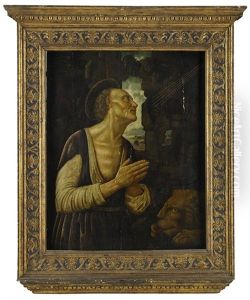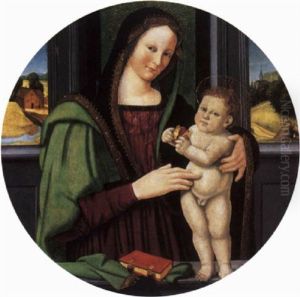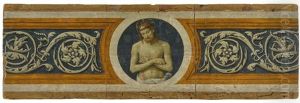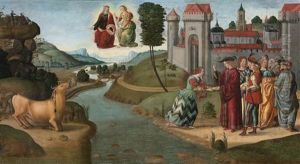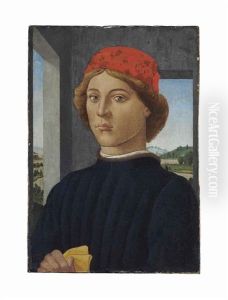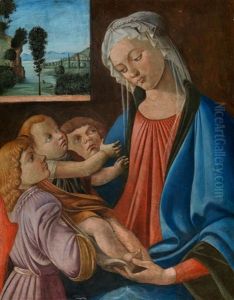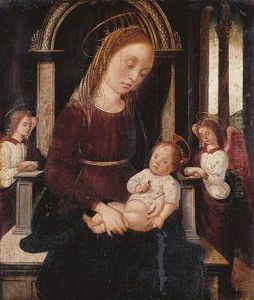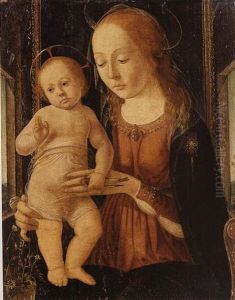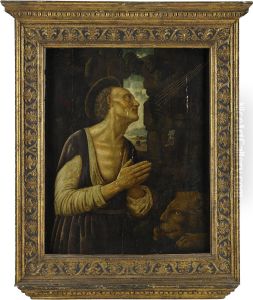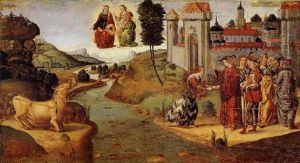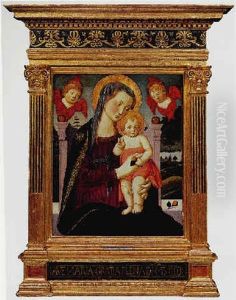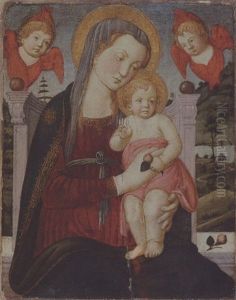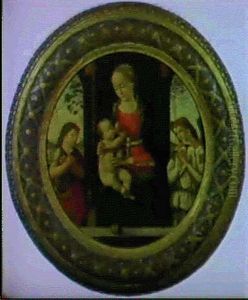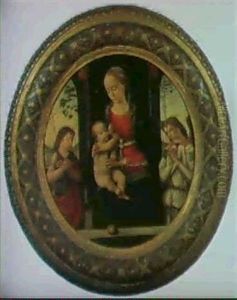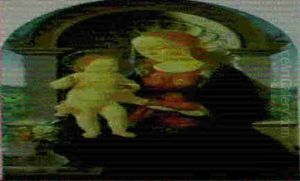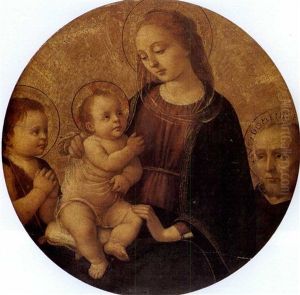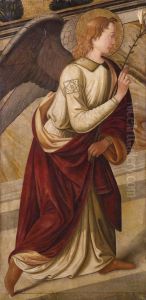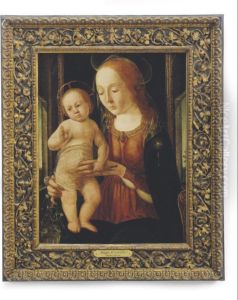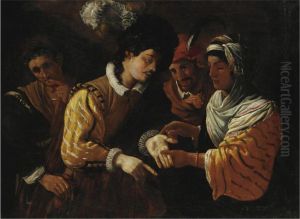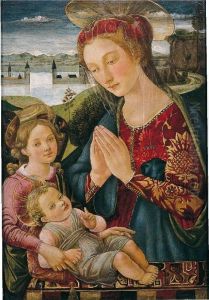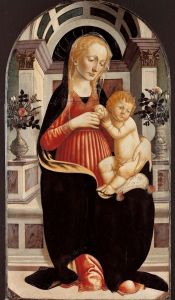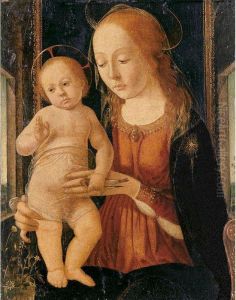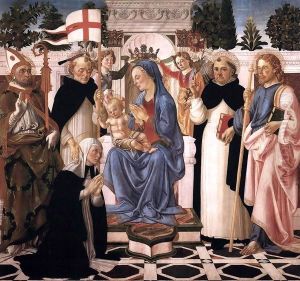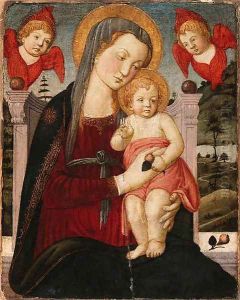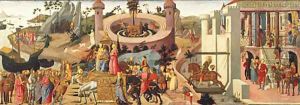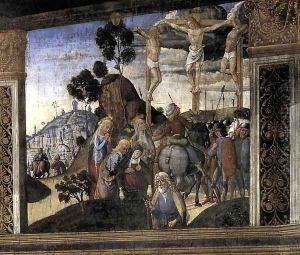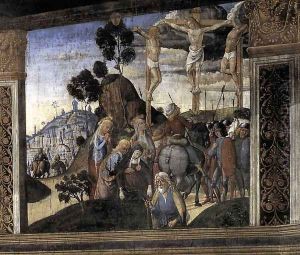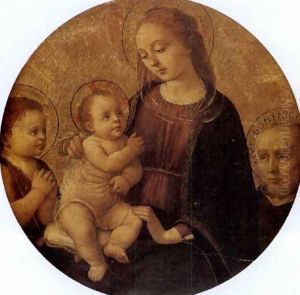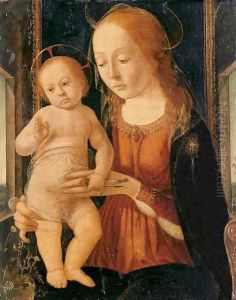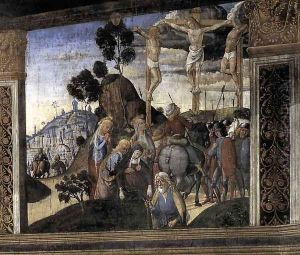Biagio D'Antonio Paintings
Biagio d'Antonio Tucci, commonly known as Biagio D'Antonio, was an Italian painter of the Renaissance period. Born in 1446 in Florence, Italy, he was active during a particularly vibrant time in the history of art. Biagio D'Antonio's work is characterized by its vivid coloration and detailed narrative scenes, often blending elements of the Florentine and Venetian schools.
Biagio was known for his involvement in the decoration of various significant buildings during his career. One of his most renowned contributions was to the decoration of the Palazzo Vecchio in Florence. Furthermore, he participated in the collaborative work on the Pucci Altarpiece along with other notable artists of the time.
D'Antonio's individual works also garnered attention, such as his 'The Story of Joseph' series, which showcases his narrative abilities and the influence of early Renaissance styles. His paintings were also distinguished by an adherence to a compositional clarity and an attention to detail that reflected the artistic values of his time.
Throughout his career, Biagio D'Antonio was influenced by and worked with many prominent artists, including Filippino Lippi and Botticelli. Despite his collaborations with these better-known artists, Biagio developed his unique style that influenced the artistic landscape of Florence and the surrounding regions.
D'Antonio's death occurred in 1516. His legacy is preserved in the works he left behind which continue to be appreciated for their contribution to the development of Renaissance art. His paintings can be found in various museums and collections, providing insight into the rich artistic culture of Italy during the 15th and early 16th centuries.
